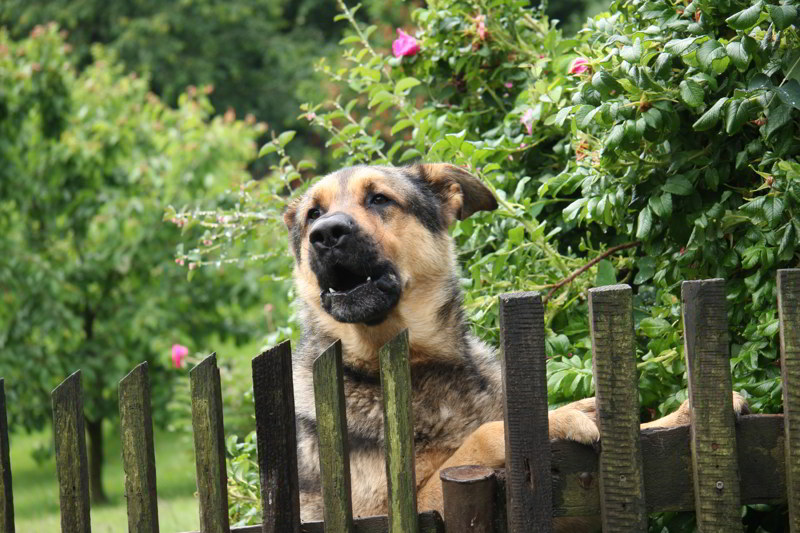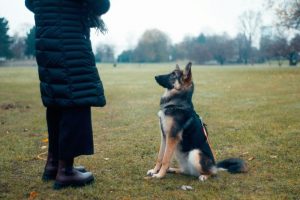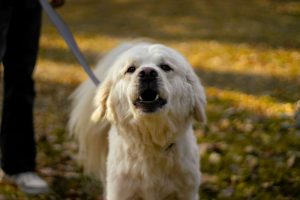Dogs are furry bundles of love that enrich our lives with companionship, loyalty, and endless entertainment. After a long day, they greet us with wagging tails, offer snuggles on the couch, and become cherished family members.
However, living near an untrained dog can turn this positive picture upside down. Unpredictable barking, damaged property, and uncontrolled behaviour in public spaces can quickly become a source of stress and frustration. In extreme cases, animal attack injuries can even occur.
While we all love our canine companions, dog ownership comes with a responsibility. Let’s explore the signs of an untrained dog and what steps you can take if you find yourself in this situation, including some important legal considerations.
Signs Your Neighbour Has an Untrained Dog
Excessive Barking
Living near a dog that barks constantly for no reason can be a major headache. Not only does it disrupt your peace at home, but it can also violate local noise ordinances. Untrained dogs often bark excessively due to separation anxiety, boredom, or feeling threatened by sights or sounds outside.
Property Damage
An untrained dog can wreak havoc on your property. They might jump fences to explore your yard, leading to damaged fences and potential injuries. Digging is another common issue, leaving unsightly holes and potentially damaging landscaping or sprinkler systems.
Chewing is another destructive behaviour; your mailbox, furniture, or even your car could become chew toys for a bored and untrained dog. It’s important to remember that, depending on your local laws, your neighbour may be held responsible for any damage caused by their dog.
Uncontrolled Behaviour in Public
Encountering an unleashed or aggressive dog in public spaces can be very frightening. Unpredictable behaviour poses a safety hazard for both the dog and others. Many cities and towns have leash laws that require dogs to be on a leash in public areas.
Responsible dog ownership includes controlling your furry friend and ensuring they don’t threaten others while enjoying walks or playtime outside.
Escape Attempts and Missing Dog
An untrained dog is likelier to try to escape from a yard, leading to a missing pet situation. This can be dangerous for dogs, as they may get lost, get hit by a car, or injure themselves while exploring unfamiliar territory. Escaped dogs also pose a potential risk to others, especially if they haven’t been properly trained.
Ensuring your dog has proper containment, like a secure fence or leash, is crucial. Additionally, keeping your dog’s identification tags up-to-date can help you find them quickly if they manage to escape. It’s important to note that legal consequences can follow in some areas if your dog injures someone or another animal while loose.
Nuisance Behaviour
Dog waste left unattended creates an unpleasant door and can attract flies, mosquitoes, and other pests. Many local ordinances have specific regulations regarding pet waste disposal, and failing to comply can result in fines.
Difficulty with Basic Commands
While some dogs are naturally more eager to please, a dog who struggles to follow basic commands like “sit,” “stay,” or “come” might not have received proper training. This lack of control can create unpredictable situations and make it difficult for the owner to manage their dog’s behaviour.
Taking Action If You Suspect an Untrained Dog
If you suspect your neighbour has an untrained dog, the first step is to try addressing the issue calmly and directly with them. A friendly conversation about your concerns can go a long way toward resolving the situation. Perhaps they’re unaware of the problems their dog is causing, or maybe they’re just looking for tips.
However, if communication isn’t possible or the problem persists, alternative solutions exist. You can contact your local animal control department to report the issue. Additionally, some communities offer mediation services that can help facilitate productive conversations between neighbours.
Legal Considerations
Many of the issues caused by untrained dogs fall under local ordinances or laws. These can vary depending on your location, but some common examples include:
- Noise Ordinances: Most cities and towns have noise ordinances that set limits on acceptable noise levels, including barking dogs. If your neighbour’s dog’s barking is excessive and violates these ordinances, you may have grounds to file a complaint.
- Leash Laws: Leash laws ensure the safety of dogs and the public. If your neighbour allows their dog to roam freely in violation of leash laws, you can report them to animal control.
- Pet Waste Disposal: Local ordinances typically address the proper disposal of pet waste. Leaving dog waste unattended is not only unpleasant but can also be a violation of local laws.
It’s important to remember that these are just general examples. The specific laws and procedures will vary depending on your location. If you’re facing a serious issue with your neighbour’s dog, like suffering a catastrophic injury due to a bite, consulting a lawyer can be helpful. They can provide specific legal advice based on your local laws and the details of your situation.






